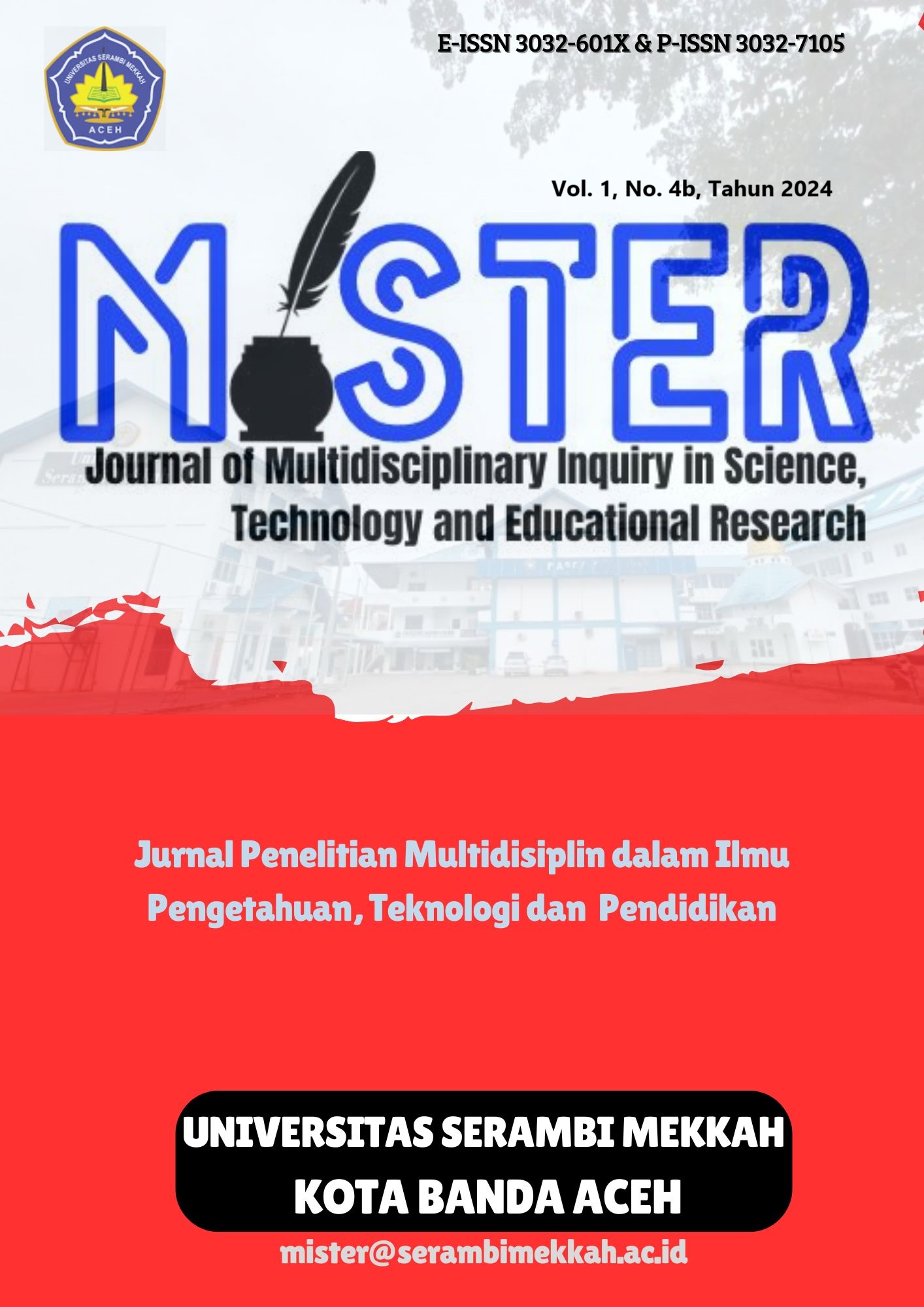Analisis Kesulitan Pembelajaran Bahasa Arab pada Peserta Didik
Main Article Content
Abstract
The learning process often encounters obstacles that prevent the achievement of learning objectives. The same thing also applies to learning Arabic; there are many obstacles that can result in poor or fruitless learning. This can be caused by external or internal factors, and the possibilities are many. The aim of this research is to characterize the events currently occurring. This research uses a qualitative phenomenological method using interview guides, questionnaires and observation sheets with informants including the principal, teachers and class VII students at MTs Al-Mukarram who continue to experience difficulties learning Arabic. Students' inability to read the Koran and their inability to distinguish letters that are almost similar is a sign that they are still having difficulty learning the language and lack motivation. In learning Arabic, there is no such thing as a basic understanding. The importance of learning Arabic does not receive enough attention, and as learning progresses, boredom begins to appear. However, because most of the students, especially class VII MTs Al-Mukarram, are still beginners in the language, continued the Arabic language professor. to try to help students even though they still have difficulty mastering the language.
Article Details

This work is licensed under a Creative Commons Attribution-ShareAlike 4.0 International License.
References
A, H. (2019). Analisis Kesulitan Belajar Bahasa Arab bagi Peserta Didik Kelas VIII MTS DDI Labukkang Parepare. Central Library of State of Islamic Institute Parepare.
Fatah, M., Suud, F. M., & Chaer, M. T. (2021). Jenis-Jenis Kesulitan Belajar Dan Faktor Penyebabnya Sebuah Kajian Komperehensif Pada Siswa Smk Muhammadiyah Tegal. Psycho Idea. https://doi.org/10.30595/psychoidea.v19i1.6026
Fuad, F. (2019). Analisis kesulitan belajar bahasa Arab. AL-Lisan: Jurnal Bahasa (e-Journal).
Hakim, A. G. D. (2020). Mengatasi Kesulitan Belajar Bahasa Arab. In Lembaga Penelitian dan Pengabdian Masyarakat.
Hastuti, S., & Neviyarni, N. (2021). Teori Belajar Bahasa. Edukatif : Jurnal Ilmu Pendidikan. https://doi.org/10.31004/edukatif.v3i1.179
Kosim, A. (2020). Penerapan Linguistik Arab Dalam Memahami Bahasa Al-Qur’an. Kalamuna: Jurnal Pendidikan Bahasa Arab Dan Kebahasaaraban. https://doi.org/10.52593/klm.01.1.02
Lutfi, A.B. and Afroni, M. (2021). Efektivitas Metode Bernyanyi Dalam Penguasaan Mufradat Bahasa Arab Di Kelas Vii a Mambaul Ulum Tegal Tahun Pelajaran 2020/2021. Jurnal Bashrah.
Nasution, W. N. (2017). Perencanaan Pembelajaran Pengertian, Tujuan Dan Prosedur. Ittihad.
Razin, A. and Razin, U. (2015). Ilmu Nahwu Untuk Pemula. Pustaka BISA.
Ru’iya, S. and T. (2022). Meningkatkan Kemampuan Bahasa Arab Siswa Dengan Pendekatan Multi Strategi. Jurnal Manajemen Pendidikan. https://doi.org/10.24252/idaarah.v6i2.32672
Syafrawi, A.S. and Saefullah, H. (2014). Pembelajaran Tata Bunyi (Ashwat) Bahasa Arab (Sebuah Pengantar)’,. El Ibtikar.
Takdir, T. (2019). Metodologi Pembelajaran Bahasa Arab. Jurnal Naskhi: Jurnal Kajian Pendidikan Dan Bahasa Arab. https://doi.org/10.47435/naskhi.v1i1.65
Taurus Tamaji, S. (2020). Pembelajaran Bahasa Arab Dalam Perspektif Filsafat Ilmu. Jurnal Ilmiah Pendidikan Bahasa Arab.
